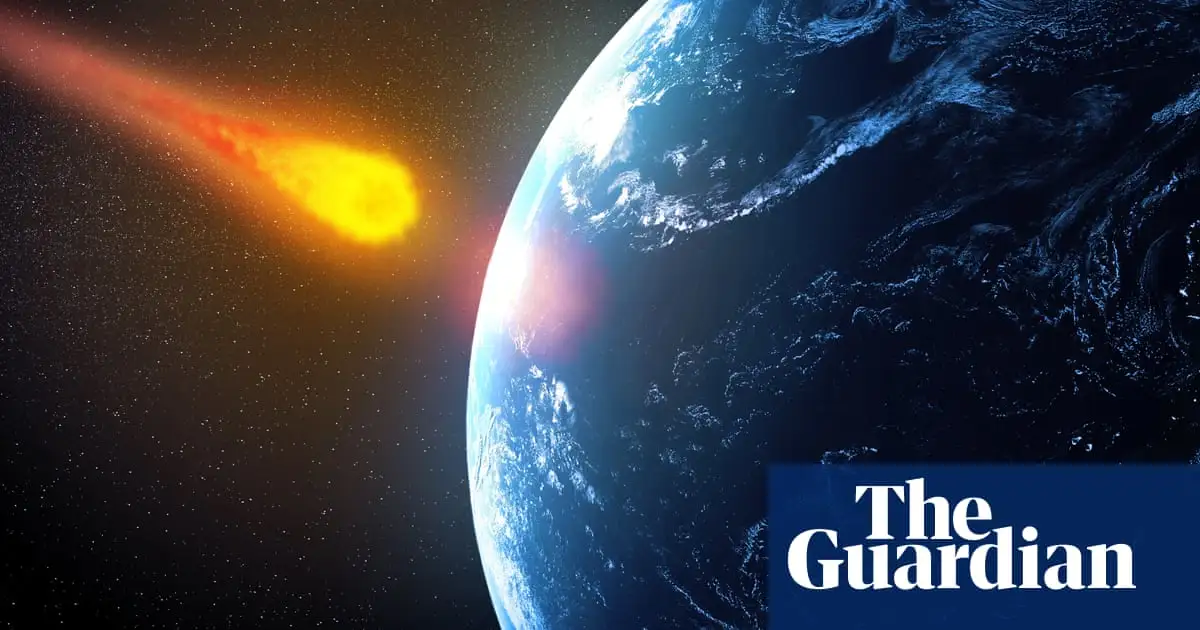- cross-posted to:
- interestingshare
- cross-posted to:
- interestingshare
US physicists show how immense pulse of radiation could vaporise the side of asteroid and nudge it off course
Scientists, as well as Hollywood movie producers, have long looked to nuclear bombs as a promising form of defence should a massive asteroid appear without warning on a collision course with Earth.
Now, researchers at a US government facility have put the idea on a firm footing, showing how such a blast might save the world in the first comprehensive demo of nuclear-assisted planetary defence.
Physicists at Sandia National Laboratories, whose primary mission is to ensure the safety and security of the US nuclear arsenal, recorded in nanosecond detail how an immense pulse of radiation unleashed by a nuclear blast could vaporise the side of a nearby asteroid.
The event is so violent that it heats the surface to tens of thousands of degrees, producing a rapidly expanding ball of gas capable of nudging the asteroid off course. Do the sums correctly and the shunt should be sufficient to put doomsday on hold.



Didn’t we already prove we could do this without a nuclear blast a year or two ago just by hitting it?
Edit: relevant text answered my question at the very end.